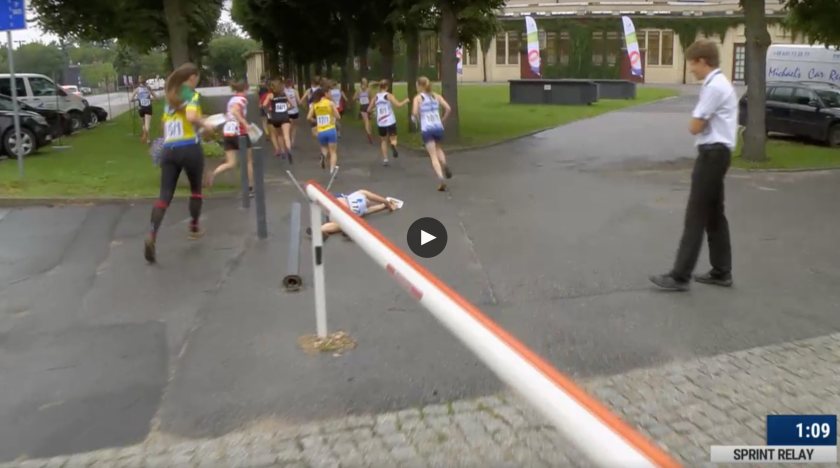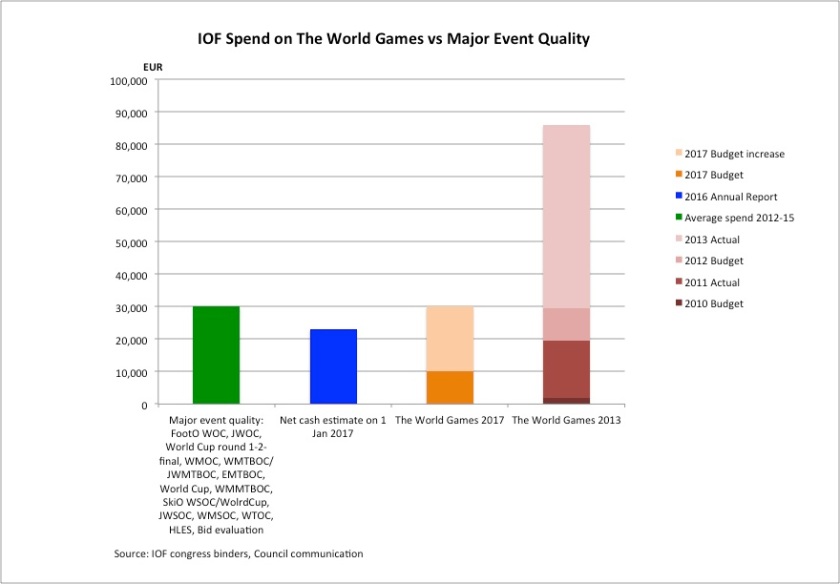I wrote my last post about the World Game accident in anger. For me it was just another unfortunate outcome of the Olympic and ceremony biased attitudes of the IOF Council I saw over the past six years. Some people less familiar with the workings of the Council – as I was myself before I was requested to join the MTBO Commission – told me that there was no real substance in that post, only emotions.
I fully appreciate that things that are obvious for me about the workings of the Council, may not be obvious for others. So I decided to compile some data to illustrate my point about the things the Council is interested in, and about the ones they are not bothered with. I have to admit, that despite having no high expectations, I was astonished by the results.
The number of Council meetings since 2010 where ceremonies were discussed was almost two times higher than the combined number of meetings where safety, accidents, injuries, athletes health and wellbeing, or competition fairness was mentioned.
This appears to be in stark contrast with the Ethical Principles of the IOF declared in the IOF Code of Ethics:
“In pursuing the sport’s goals, the governance of Orienteering shall be mindful of the physical and psychological wellbeing of its athletes.”
I used the Council meeting minutes as a proxy to the mindfulness of the Council. Few people read them, but they reflect quite well the topics the Council is dealing with. These are fairly detailed accounts of 2 to 3 day long Council meetings. Typically they are 6 to 12 pages long, though there are 4 page and 21 page long ones too. They are available on the IOF website for the periods of July 1996 to August 2003, and January 2010 to present. The ones after January 2010 (#150) are searchable. So I could easily search 36 of them spanning over 7 and a half years till today (#150-185).
Below is the summary of the number of Council minutes that contained certain key words. I counted only the occurrences with substance, as detailed below.

I think these results speak for themselves to prove that the IOF Council does not appear to be mindful of the physical and psychological wellbeing of its athletes, both in absolute terms, and especially relative to the attention given to protocol, ceremonies, and the Olympic Dream.
See details below:











